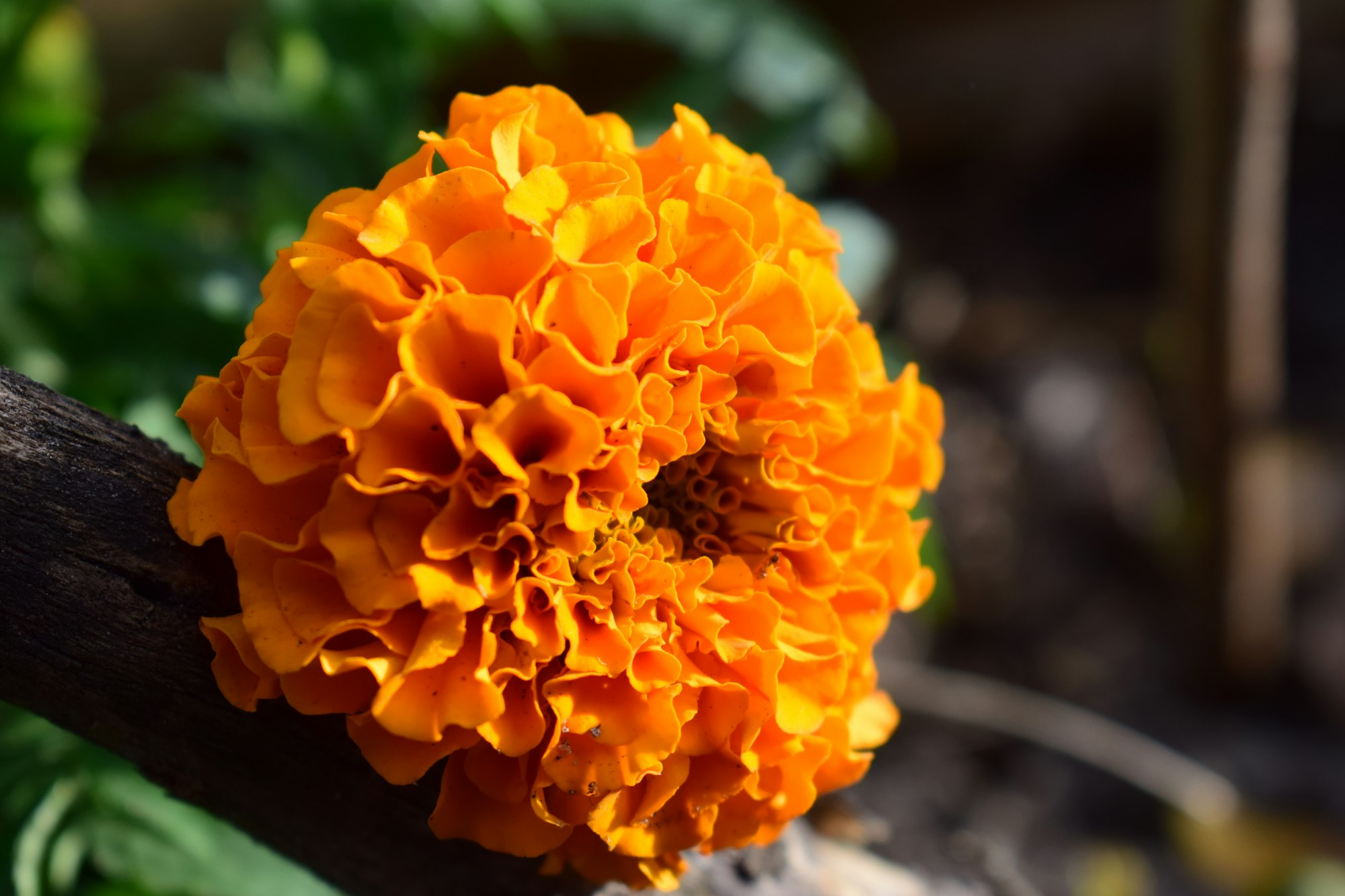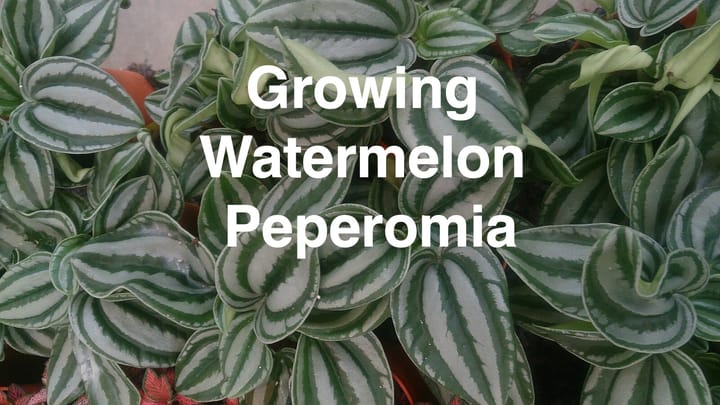How to Grow Marigolds
Marigolds are a popular choice for both novice and experienced gardeners, as they are easy to grow and add vibrant colors to your garden.

Table of Contents
These cheerful annuals, belonging to the Tagetes genus, come in a variety of types, including African Marigolds (Tagetes erecta), French Marigolds (Tagetes patula), and Tagetes tenuifolia, making them suitable for different garden settings and personal preferences.
As you begin your marigold journey, it's essential to consider factors such as sunlight, location, water, soil, and climate when planting and caring for your blooms.
About Marigolds Plant
Marigolds are annual plants that complete their life cycle within one growing season. They belong to the Tagetes species and come in various types, including African, French, and signet marigolds.
These cheerful plants vary in size and display fern-like foliage.
The brilliant gold, orange, and yellow flowers are attractive and bloom throughout the season, making them a popular choice for gardeners.
Planting Marigolds
Indoors
Plant marigold seeds indoors in seed trays filled with well-draining soil or potting mix about six to eight weeks before the last frost date.
Keep the trays in a warm, well-lit area and maintain consistent moisture to aid germination.
Outdoors
For outdoor planting, sow marigold seeds directly in garden beds after the soil can be worked and the risk of frost has passed.
Loosen the soil, remove weeds or stones, and then plant marigold seeds about an inch apart. Cover the seeds with a thin layer of soil, water well, and place them in a location with full sun exposure.

Caring for Marigold Plant
Sun and Temperature
Marigolds thrive in full sun and can tolerate hot temperatures. To ensure healthy growth, plant them in a location that receives 6-8 hours of sunlight daily.
Water and Humidity
Water marigolds regularly, ensuring the soil stays moderately moist but not soggy. These plants are somewhat drought-tolerant, but it's essential to maintain consistent watering during dry periods.
Soil and Fertilizer
Marigolds prefer well-drained soil with a pH between 6.0 and 7.0. Adding compost or an all-purpose fertilizer to the soil at planting time will help provide the necessary nutrients.
Repotting
If growing marigolds in containers, choose a potting mix with good drainage. Repot as needed to accommodate the plant's size, ensuring the pot has drainage holes to prevent root rot.
Pruning and Propagation
Prune marigolds by deadheading spent blooms to encourage continuous flowering.
To propagate, collect seeds from the mature flower heads and plant them outdoors after the last frost date or in containers for transplanting later.
Troubleshooting Plant Problems
Growing Problems
When growing marigolds, ensure they receive 4 to 6 hours of sunlight daily; lack of sunlight may hinder their growth and inhibit flowering.
Pay attention to watering practices as well: too much or too little water can lead to wilted leaves or yellowing, so maintain consistent soil moisture.
For marigolds grown indoors or in shady areas outdoors, ensure they have enough sunlight exposure.
If they still struggle, consider moving them to a sunnier location or supplementing their light with grow lights.
Ensure proper drainage in your containers and garden beds to avoid waterlogged soil, which can negatively affect their growth.
Pests and Diseases
Marigolds might suffer from common pests like aphids and spider mites.
To address these issues, rinse your plants with water or use insecticidal soap carefully, following the instructions on the label.
Avoid chemical pesticides, as marigolds are often planted alongside vegetables and can harm beneficial insects.
Fungal diseases like powdery mildew and leaf spot can impact marigolds, especially in humid conditions.
To prevent these diseases, water your plants early in the day to allow foliage to dry, provide proper spacing for airflow, and remove any affected leaves.
If diseases persist, apply a mixture of baking soda, water, and a drop of dish soap as a natural remedy.
Conclusion
Growing marigolds is easy and rewarding, as these bright and cheerful flowers thrive in various conditions and require minimal effort.
Plant them in well-drained soil with full sun exposure, and you'll enjoy their vibrant blooms all summer.
Marigolds add a pop of color to your garden and serve as excellent companion plants for vegetables, repelling pests and helping to eliminate nematodes.
So, whether you plant them in pots or directly in your vegetable garden, these beautiful flowers will provide aesthetic and practical benefits to your outdoor space.
Frequently Asked Questions
What is the best time to plant marigold seeds?
The ideal time to plant marigold seeds is during the spring, once the danger of frost has passed. You can start seeds indoors around 6-8 weeks before the last frost date for a head start on the growing season.
Do marigolds need full sun or partial shade?
Marigolds flourish in full sun, but they can also tolerate partial shade. Ensure your marigolds receive at least 6 hours of sunlight daily for the best growth and blooming results.
What type of soil do marigolds thrive in?
Marigolds prefer well-draining soil with a pH level between 6.0 and 7.0. They can tolerate various soil types, including clay, loamy, or sandy soil if it drains well.
How often should I water marigolds?
Allow the soil to dry out between waterings, then water your marigolds deeply. During extremely hot periods, you may increase the watering frequency, but avoid overwatering and never water overhead to prevent powdery mildew.
Do marigolds require regular pruning?
Regular pruning is not necessary for marigolds. However, deadheading – removing spent blooms – will promote more flowering, keep the plant tidy, and prevent self-seeding.
Are marigolds good companion plants in vegetable gardens?
Yes, marigolds are excellent companion plants in vegetable gardens. They attract pollinators, and their strong scent helps repel various pests, protecting nearby vegetables and improving overall garden health.


